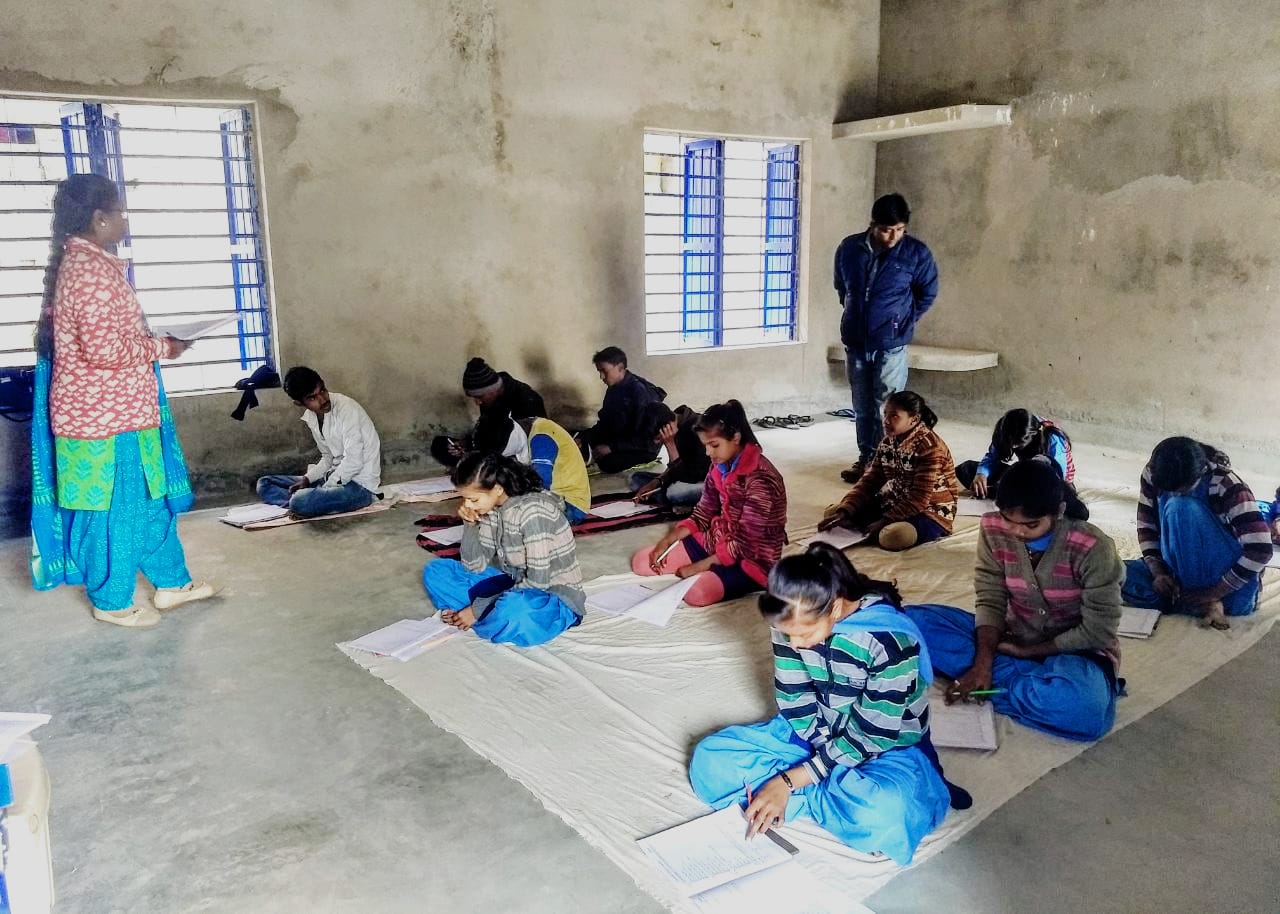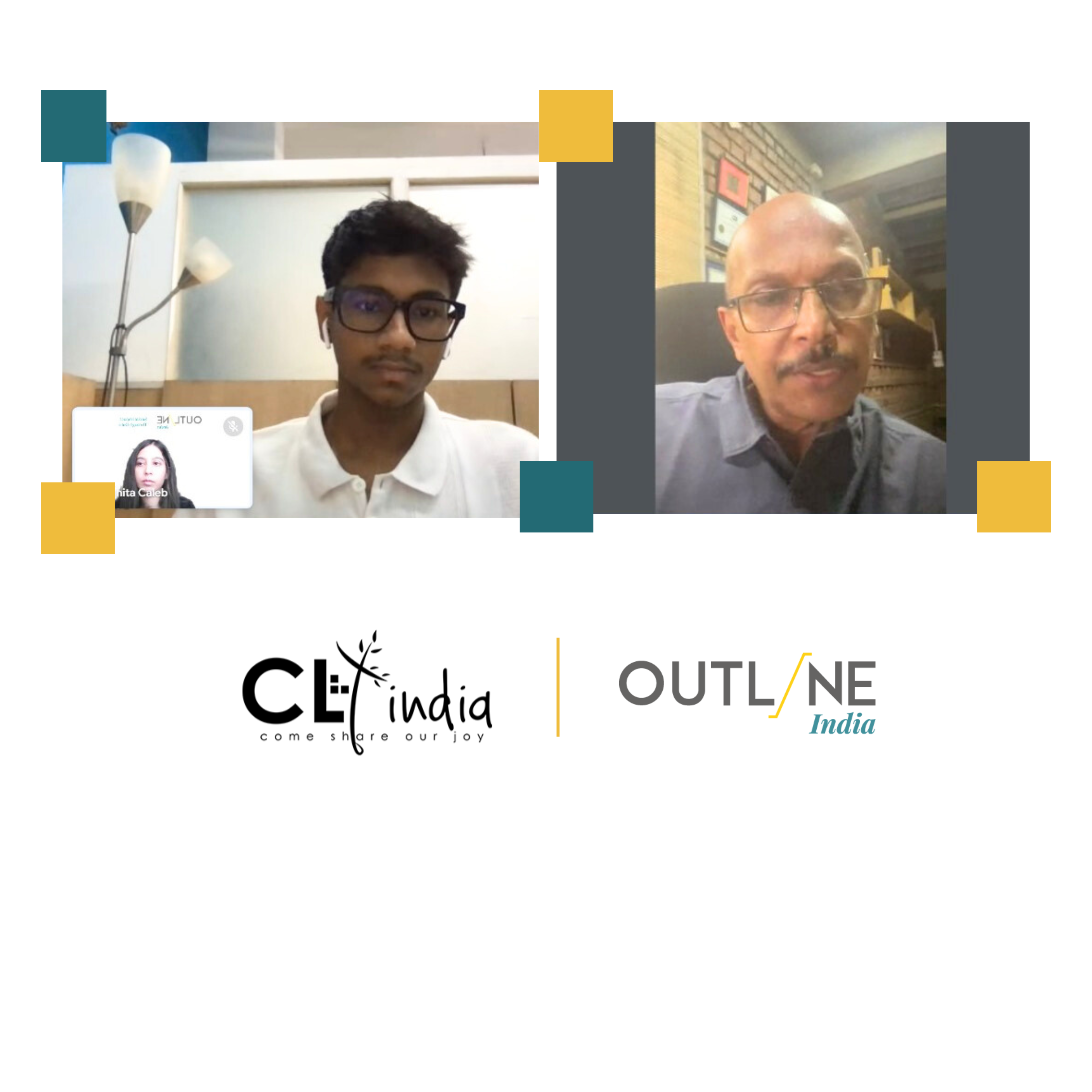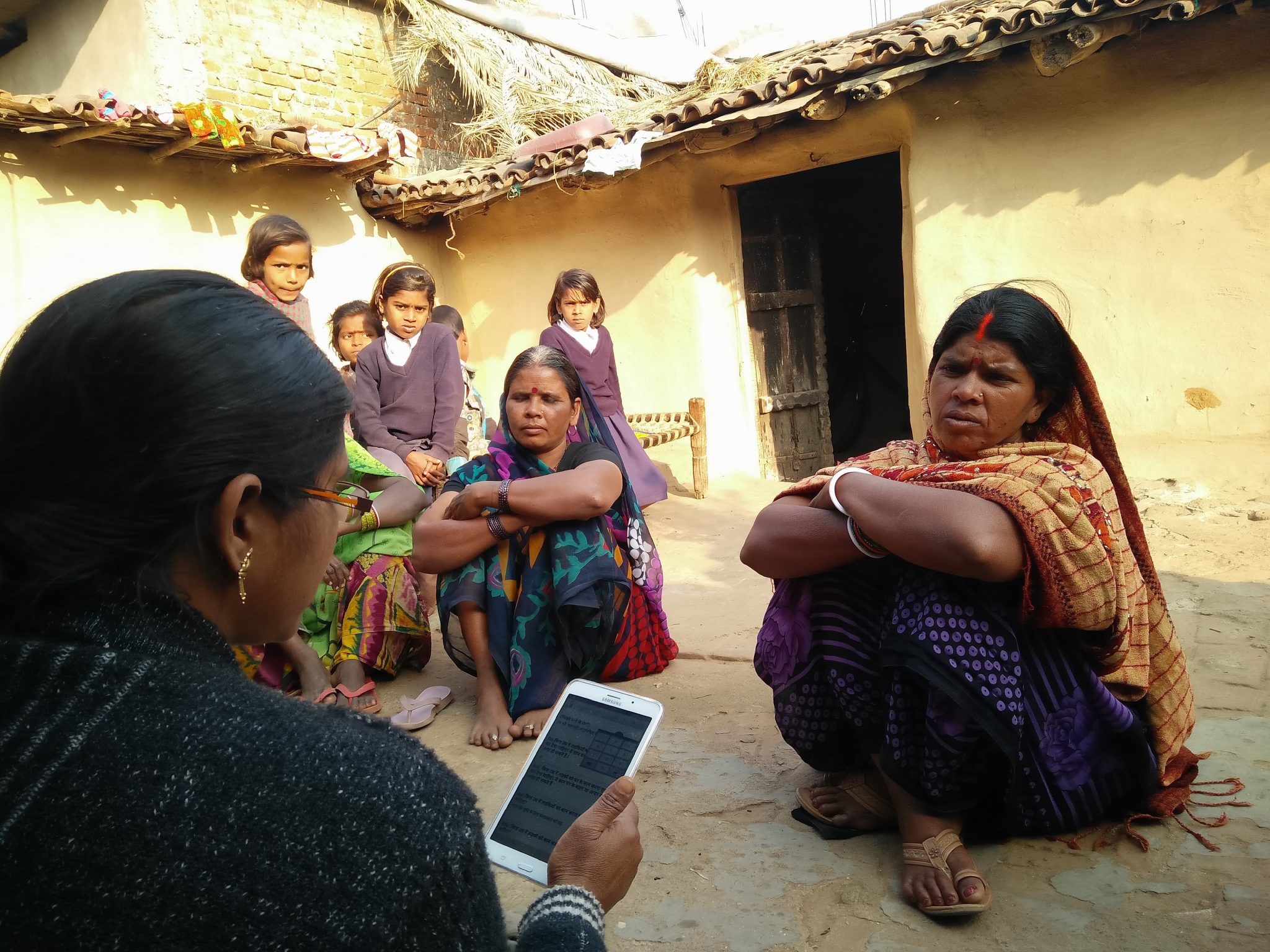Blog Details
This blog aims to examine how coronavirus has affected the education sector in rural and urban India. Was the implementation of Education Policies strong enough in the first place, to have us questioning the added upheavals caused due to coronavirus? What are the consequences of lack of attention paid to rural education development, and how many we as Indians improve these in the long run?
There is nothing like a good crisis to shake up an industry. The coronavirus has stormed into our lives, altered our realities, and forced us to change for the better. Be it fashion, sports, hospitality, or banking, there is no arena where the coronavirus has not played its hand. The biggest and most important impact has been on our younger generation, the future of tomorrow. No one can deny that the pandemic has opened our eyes, to the need for major reformation of the education sector.
According to a recent article titled Education: From disruption to recovery by UNESCO (May 2020), nation-wide lockdowns are impacting over 70% of the worlds' student population. The report estimates that across 22 countries, over 290 million students shall be adversely impacted. UNESCO also estimates that about 32 crores of students are affected in India, including those in schools and colleges. The repercussions of the pandemic will continue to produce pronounced changes in teaching and learning practices for all levels of education. But how evenly will these issues be addressed across villages across India, is a matter of concern.
Urban-Rural divide
According to a survey report called the Annual Status of Education Report (ASER), more than 50% of the students in the 5th standard attending rural schools are not capable of reading a second standard textbook and do not to solve basic mathematical questions. As if there wasn’t enough disparity between urban and rural education in the first place, the coronavirus crisis has only further impacted our rural education system.
As per the Eighth All India School Education Survey of 30th September 2009, 13 lakh primary, upper primary, secondary, and higher secondary schools were identified across the country. Out of these, 84% of the schools were in rural areas, while the remaining 16% in urban areas. This fact eliminates the argument of a lesser number of schools existing in village areas. What it does highlight, however, is the gargantuan ineffectiveness of educational reforms in India- does the process stop at writing policies and making school buildings in villages? Even after 11 years of the RTE ACT of 2009, less than 12% of schools are RTE-compliant.
The problem to address here is the inefficient use of human capital, technology, and communication. Since our foundation was not strong in the first place, the stakeholders of rural education- students, teachers, and parents- have increased concerns in the lack of relief interventions to ensure the continuity of the learning process during the lockdown. The urgency to enact redressal has to be understood as schools are more than just learning centres for students from rural or poor strata. A school provides social protection, nutrition, health, and emotional support to the most disadvantaged, from low- to high-income. About 9.12 crore Indian children are not receiving their mid-day meal during school closure. These meals served as an important safety measure, as economists estimate that 75% of poor families’ income is spent on food.
National Sample Survey Office 2014-2015 data clearly shows economic factors as key to children dropping out of school. The pandemic and lockdown have impacted 14 lakh migrant workers as well as others working in the unorganised sector (90% of India’s population is engaged in unorganised work). In such a situation, blatant emphasis on technology-driven education will exclude many children in this country from continuing school education. Besides infrastructural challenges, India is a diverse and multilingual country. One nation, one channel, or one digital framework needs to be reconceptualised to ensure equity and quality in education.
Source: NCERT - 8TH AISES CONCISE REPORT
Challenges Faced
Rural schools face a number of challenges when it comes to the learning arena- enrolment and dropout of students, the number of teachers, infrastructural deficiencies, and technological barriers to name a few. One reason why urban schools are far ahead in the race is, due to the way of teaching and administration that differs. While the teaching methodology in rural schools is still primitive, urban schools have always been keen on adopting modern ways of teaching like concept learning and focus on the development of each student through holistic activities. This is complemented by regular interventions and audits by authorities, which becomes comparatively difficult when it comes to accessing villages in far off areas. The incomes and infrastructure in urban cities have enabled the easy introduction of e-learning modes, supplemented by the availability of devices and the internet, during the lockdown period. Inadequate access to facilities, drastic change in earnings, and the movement of families due to the economic shutdown have worsened the situation for rural learners.
A look at the recent emergencies in the country reveals the direct and indirect impacts of natural disasters on school education. Direct impacts include the destruction of school buildings and damage to roads connecting to schools, resulting in uncertainty of reopening and irregular attendance. Indirect impacts include long-term closure of a school due to temporary conversion of the school building to a rehabilitation centre, silent exclusion of children belonging to families in distress through displacement or migration, resulting in child labour, child marriage, and child trafficking.
The National Commission for Protection of Children Rights (NCPCR), which is the primary monitoring agency of the RTE Act 2009, has seen a huge s in the number of complaints it has redressed before the lockdown. In the previous year, the NCPCR addressed around 5,000 complaints; post-outbreak (beginning March 2020), this has increased about 8-fold. Lack of safe drinking water, toilets, hand-washing facility, electricity, and cramped classrooms means schools don’t have the prerequisites to reopen.
Along with this, contractual teachers across the country have also been hit, with no guarantee of future employment. In many states like Bihar and Delhi, were not receiving their salary for several months even before the pandemic broke out. Those who are willing to participate in COVID-relief operations are still having some stable income, but only momentarily.
Changing times call for changing measures
The crisis will prepare school systems to face such pandemics in the future more efficiently and without prolonged disruption, as well as move towards building a strong public education system in the country.
Shyam Kishore Singh Gandhi, the headmaster of a school in Jharkhand’s Dumka district, set an example for everyone, by conducting classes for his 200+ students over loudspeakers across the village. This move is to be lauded as the administration understood that students might be bereft of smartphones but still willing to learn amid lockdown. Such unique innovations and interventions pave the way for a better learning outcome. The coronavirus pandemic is teaching us how schooling is not equivalent to merely learning, but encompasses a social space, a social process, to learn to live, think and act for one’s self and the collective good.








David Angel Makel
IT ConsultantIt is a long established fact that a reader will be distracted by the readable content page looking at its layout point of using normal